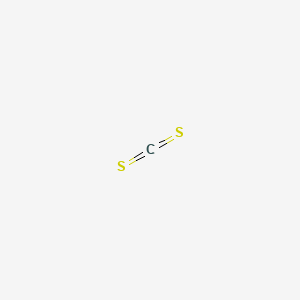BD Help Zone
Your go-to source for insightful news and information.
CS2 Toxicity Reports: The Dark Side of Competitive Gaming
Uncover the shocking truth behind CS2 toxicity reports and how it affects competitive gaming. Dive into the dark side of the gaming world!
Understanding CS2 Toxicity: Causes and Consequences
In the competitive landscape of Counter-Strike 2 (CS2), toxicity has emerged as a significant issue that can detract from the gaming experience. Understanding the causes of toxicity is crucial for players and developers alike. Often, it stems from factors such as frustration due to skill disparities, poor communication, and the anonymity provided by online play. Players may resort to negative behaviors—including insults and harassment—when they feel overwhelmed or powerless in a match, creating a toxic environment that can spiral out of control.
The consequences of this toxicity are profound, impacting not only individual players but also the overall health of the CS2 community. Toxic behavior can lead to increased player disengagement, reduced enjoyment, and even the loss of new players drawn to the game. Furthermore, competitive integrity is undermined when players resort to unsportsmanlike conduct. Addressing these issues requires a collective approach where players are encouraged to foster a positive environment, developers implement effective moderation tools, and communities come together to hold each other accountable.

Counter-Strike is a popular first-person shooter game that has captivated millions of players worldwide. The game emphasizes teamwork and strategy as players engage in intense firefights across various maps. One of the exciting elements in the game is the kilowatt case, which offers players unique skins and items to customize their weapons.
How to Handle Toxic Behavior in Competitive Gaming
Competitive gaming can often bring out the best in players, but it can also expose the darker side of human behavior, leading to toxic behavior among participants. Whether it manifests as trash-talking, harassment, or unsportsmanlike conduct, dealing with such negativity is crucial for maintaining a healthy gaming environment. There are several strategies to effectively handle these situations. First, consider muting players who engage in toxic behavior; this can help you focus on your gameplay without being distracted by insults or hostile remarks. Additionally, reporting the offending player to the game’s moderation team can contribute to the overall wellbeing of the gaming community.
Another important aspect of managing toxic behavior is fostering a positive mindset. Surround yourself with supportive teammates and friends who reinforce good sportsmanship and mutual respect. When faced with negativity, try to respond with understanding rather than retaliation. Constructive communication can sometimes diffuse tension and transform a heated situation into a learning opportunity. Additionally, remember that taking breaks—both from the game and from interaction with toxic players—can be beneficial for your mental health and enjoyment of the game. By prioritizing your wellbeing and cultivating a positive gaming environment, you can effectively navigate the competitive landscape.
Is CS2 the Most Toxic Game in Esports History?
The debate over whether CS2 (Counter-Strike 2) is the most toxic game in esports history is not just a mere discussion among players but a significant concern that affects the overall gaming community. Many fans argue that the competitive nature of CS2 amplifies negative behaviors, including rampant harassment, excessive trash-talking, and even collusion among players. Reports of in-game toxicity have skyrocketed since the release of CS2, leading some players to question if the game's user base is deteriorating. The phrase 'it's just a game' often gets drowned out by the relentless barrage of negativity that often comes with competitive play.
However, labeling CS2 as the most toxic game might overlook the historical context of toxicity found in other competitive games. Titles such as League of Legends and Dota 2 have long histories of toxic behavior and player dissatisfaction. The dynamics and community of esports continually evolve, and what may seem toxic today might just be a phase in a game’s lifecycle. Ultimately, the real question may not be whether CS2 is the most toxic but rather how the community can take steps to combat toxicity within it.